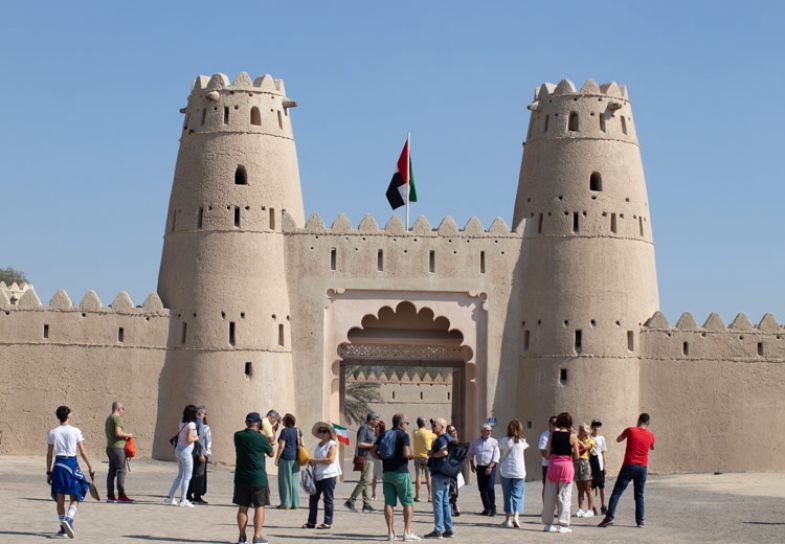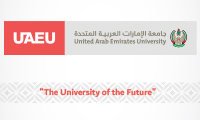
Sustainable materials are shaping the future of heritage conservation, with researchers at United Arab Emirates University developing a novel material from puffed rice and hemp for the eco-friendly refurbishment of weather-beaten architecture
Heritage conservation is a delicate business and there are many challenges facing those looking to restore a building to its former glory. Not only must the restoration be culturally sensitive and authentic, using materials that preserve the building’s aesthetic, but Unesco guidelines stipulate that conservation materials must also be distinguishable from the original structure and easily removed. That these two conditions appear in conflict highlights the sensitivity required for an effective restoration.
Researchers at United Arab Emirates University might have found a solution, and better still it is sustainable, making use of waste matter. Ahmed Agiel, assistant professor in the Architectural Engineering Department, has developed a material based on hemp fibre and puffed rice with desirable qualities for restoration.
Like many innovations on the UAEU campus, the idea for this material came from the student body. Abeer Darsaleh, then a master’s student, was working with Maatouk Khoukhi, an associate professor with background knowledge in architectural engineering, exploring natural materials and their properties, with a focus on puffed rice.
“Following up with this research in the lab with students and other faculty members, the initial results were really interesting,” says Agiel. Darsaleh reached out to Agiel when undertaking her PhD programme, asking how they could develop the materials further for application in architecture. “She had this material that might be good for heritage conservation,” says Agiel. “We have a lot of problems in this field. Puffed rice was one raw material that showed promise for heritage conservation. What came to mind when I introduced this idea was what I could see from the texture of the material. It was very nicely matching the colour and texture of the heritage buildings and materials. I said we might need to focus on the limestone because it is one of the most important materials in heritage conservation all across the world.”
Limestone is not very strong. It might seem counterintuitive, but that is one of its strengths, and partly why it is so popular. It can be engraved, sculpted and made decorative. But it suffers from hygroscopicity, losing strength when exposed to water.
“We started to study how we could introduce this new material to heritage conservation because this material has characteristics that are similar in texture and colour and may replace – or repair – some of these materials,” says Agiel. “We developed this idea and we widely investigated other materials, concentrating on two materials – puffed rice and hemp. With this new material, we think that we can improve the performance of heritage conservation as well as also tackling climate issues by using bio-based materials instead of the conventional materials that we have in practice today.”
This material doesn’t just have applications in conservation, says Agiel. It can also be used in new builds that are architecturally sympathetic to heritage buildings. Agiel says palm tree waste might show similar properties to hemp and could be another sustainable material to add to the restoration toolkit.
Find out more about the Architectural Engineering Department at UAEU.



































